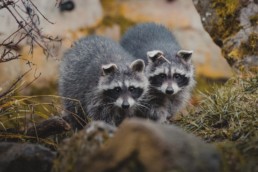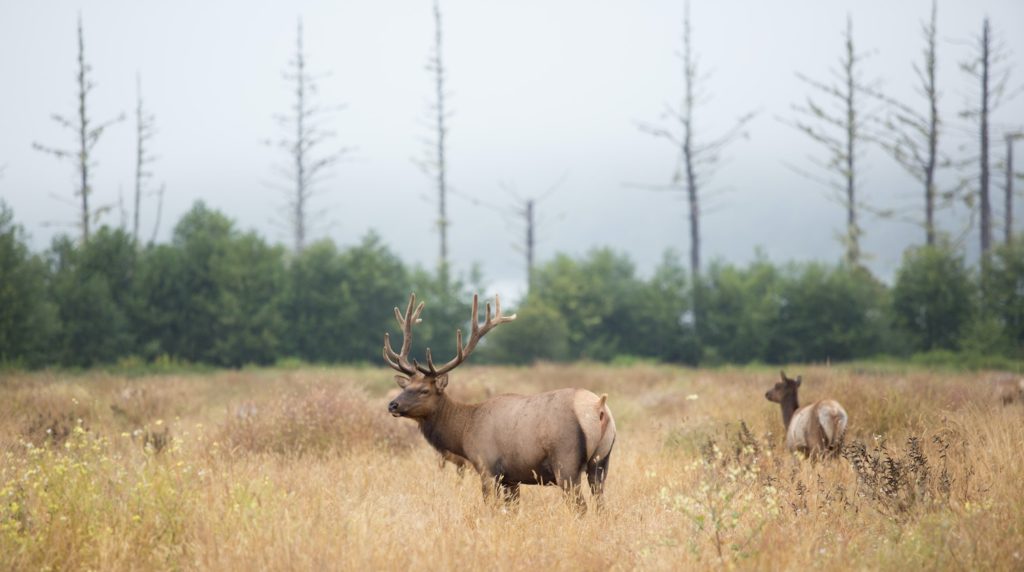Autumn is a special time in Castlegar: the deciduous trees and the Larch turn every shade of yellow, red and orange, the air is pleasantly cool but the sun still shines bright, and it’s the best season to spot all manner of wildlife in and around the city.
“The Fall is such a great time for wildlife viewing around Castlegar,” says Jenny Wallace, a local naturalist and wildlife enthusiast. “There’s a real shift in wildlife activity as summer ends and the animals that have been inconspicuous for the last few months start to come out of the woodwork.”
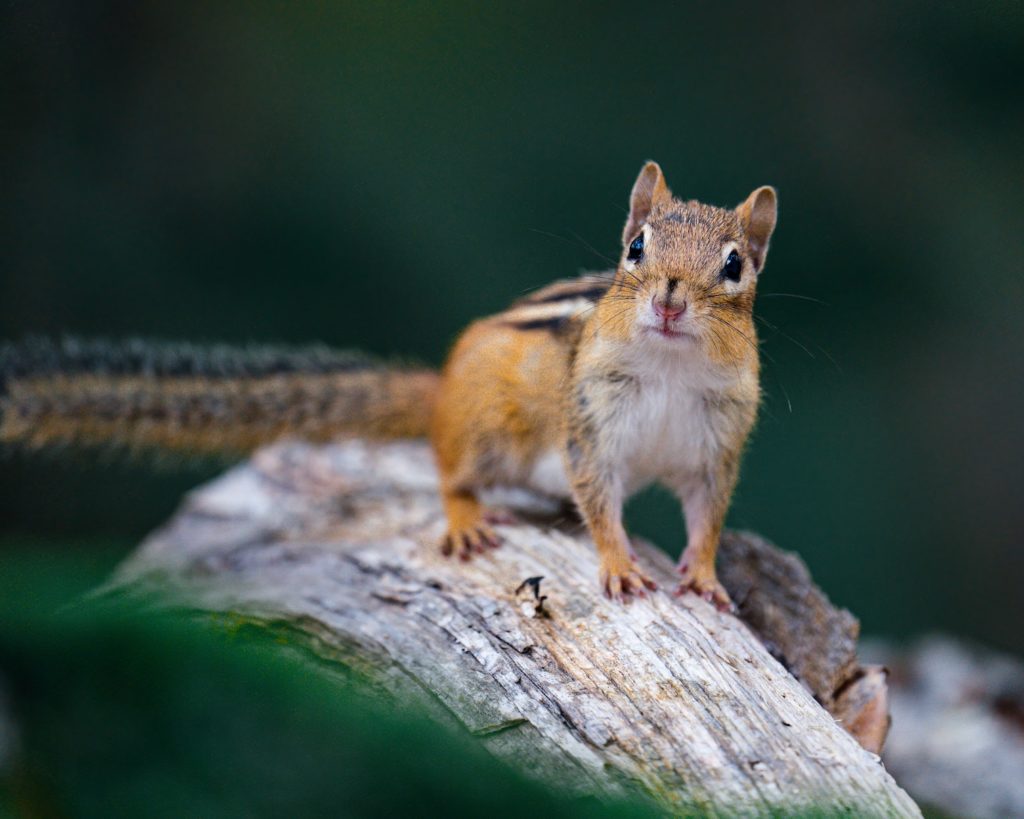
Part of the reason we see more animals in the Autumn is because they’ve descended from alpine areas to graze and prepare for the winter months. There are also ungulates roaming the valleys searching for mates as well as raccoons, skunks, and squirrels that are all looking for den sites this time of year, which brings them into town and our backyards. “The confluence of the Kootenay and Columbia Rivers remains a happening place, attracting many species of diving ducks that will overwinter here,” Jenny says. “I love watching the American Dippers and Bald Eagles along the riverbanks as well.”
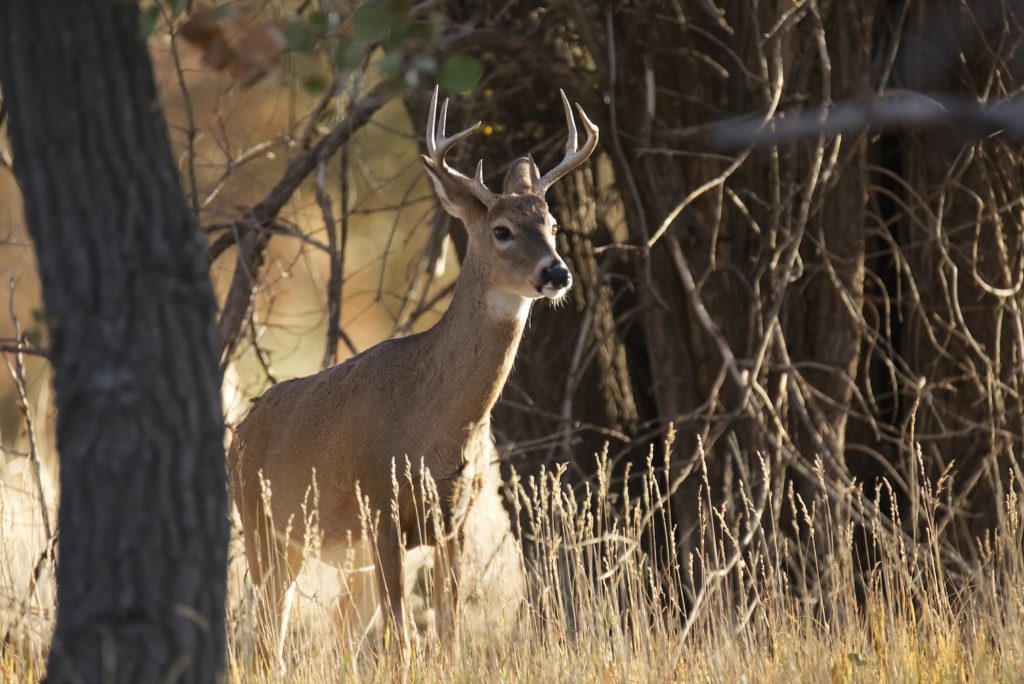
Aside from the shorelines and our backyards, you’re sure to spot many different species in the various parks in and around the city as well as on the surrounding hiking trails, which you can read all about in our “The Best Hiking Trails in Castlegar” story. Below is a list of some of the more common animals you might see during the autumn months in Castlegar. As always, be safe and aware around wild animals. Follow these guidelines laid out by WildSafeBC to ensure conflict-free encounters. For additional information, the app iNaturalist is a great resource to see what people have been seeing around the city lately.
Where to See Wildlife In The Fall In Castlegar
ELK
Elk are deep into the rut and their bugling rings through the valleys. Likewise, male deer (called bucks) have grown horns and are looking for mates. The Fall is an excellent time to spy large ungulates roaming the fields and forest clearings, especially around Pass Creek, but be sure to do so from a safe distance.
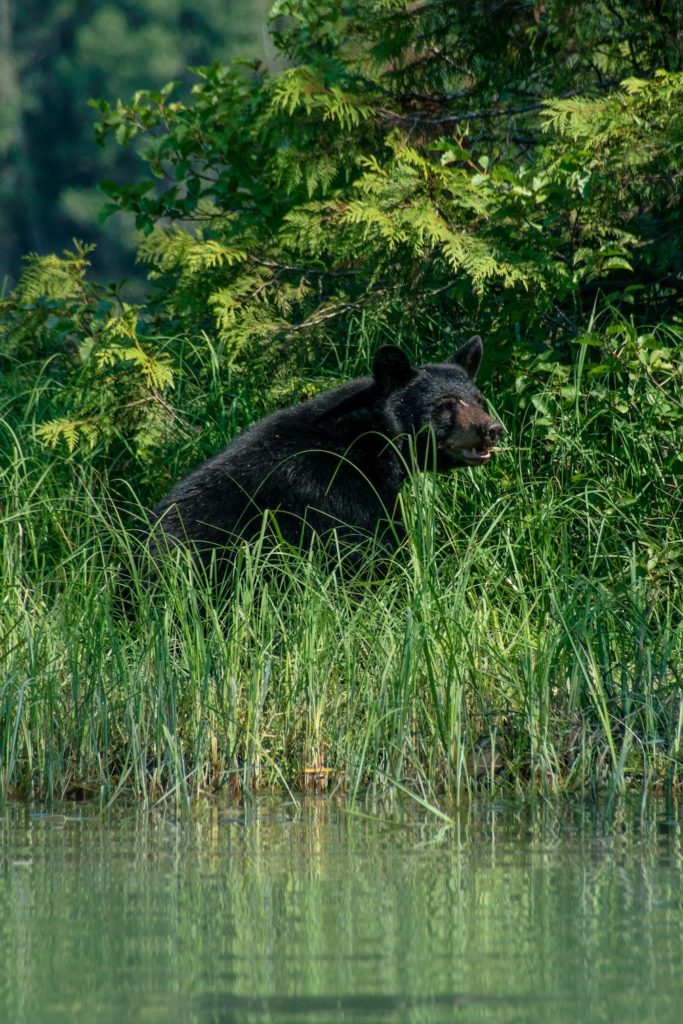
BEARS
For animals that hibernate, autumn is the season of busy feeding to pack on extra weight for winter. This includes bears, which are seeking out extra calories they’ll need to survive hibernation. They can be active for up to 20 hours a day in the Fall and are usually spotted near berry patches, fruit trees, and rivers. Syringa Provincial Park is an area where bears can usually be seen this time of year but again, be sure to exercise caution when hiking or even walking around town during the Fall months. Follow these Bear Aware tips from WildSafeBC to ensure safe encounters.
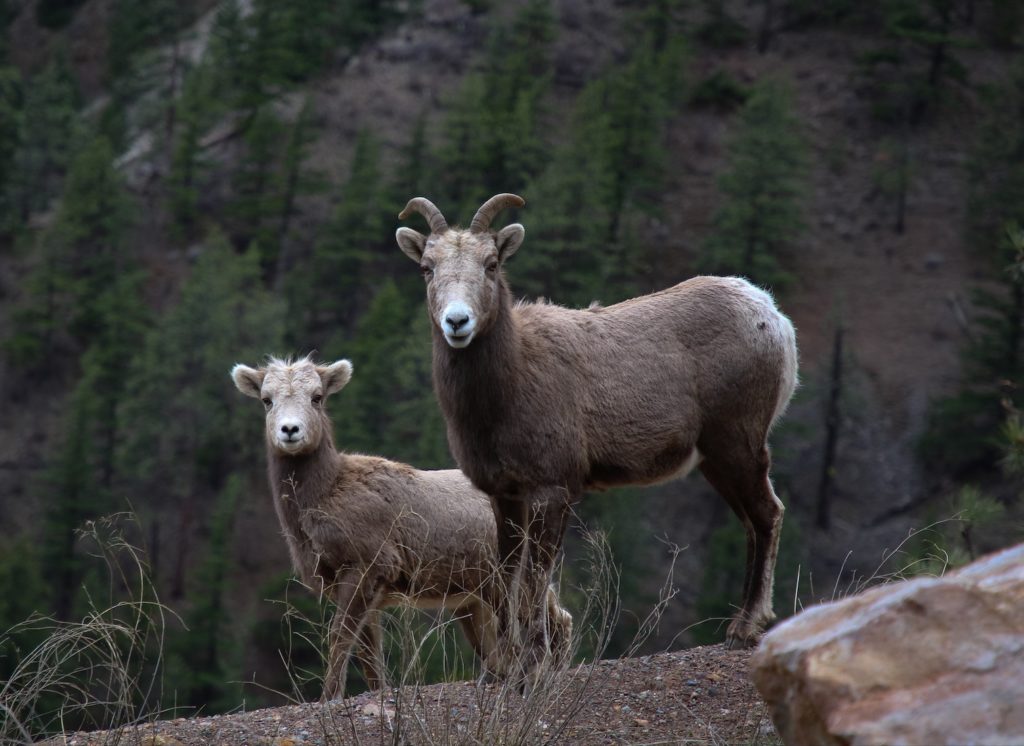
BIGHORN SHEEP
Bighorn sheep will soon be returning to their winter range northwest of Syringa Park around this time of year, which means they should be easy to spot around the Broadwater Road area. Watch for impressive mating displays such as rams butting horns during their rutting season in the late Fall.
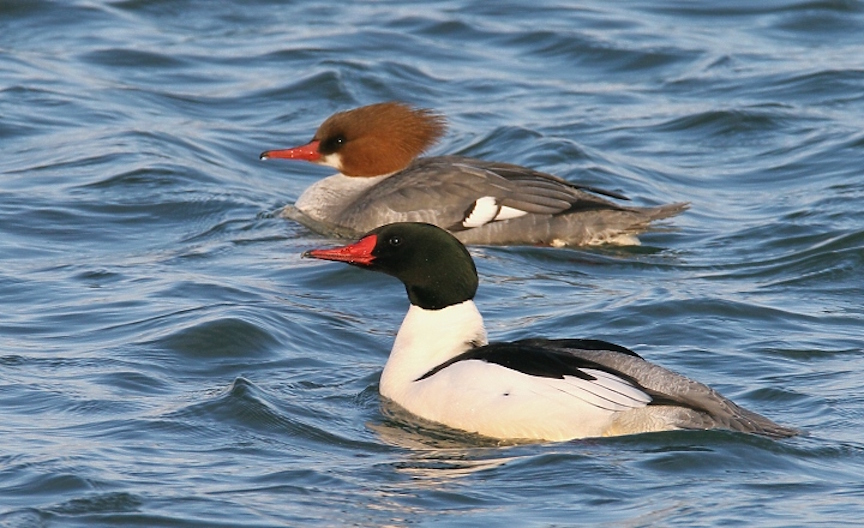
BIRDS
There’s of course a lot of movement in the bird world as well. We’ve already seen many species depart for warmer climates, like osprey, turkey vultures, swallows, and warblers. In fact, the peak Fall migration window wraps up by mid-October but that doesn’t mean there aren’t great bird-watching opportunities around Castlegar later in the Fall. Watch for the impressive congregation of diving ducks that occurs near the confluence of the Kootenay and Columbia rivers every fall and winter. Millennium Park is a great place to watch huge groups of Barrow’s and Common Goldeneyes, Buffleheads, and Red-breasted Mergansers as well as American Dippers feeding along the riverside. This is also an excellent time of year to spot woodpeckers throughout Castlegar as they are actively excavating roost holes for the winter. Northern Flickers and the huge Pileated Woodpeckers are especially prominent this time of year. For more about where to spot birdlife around the city, read our article The Best Birdwatching Spots in Castlegar.


